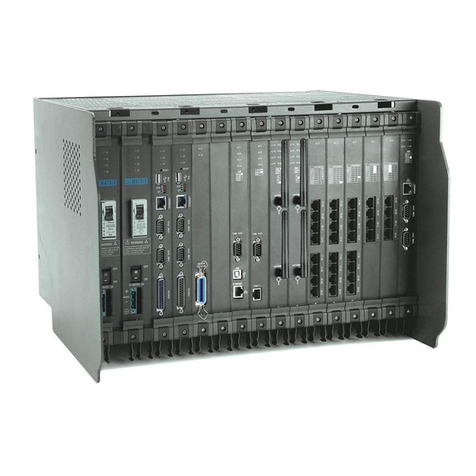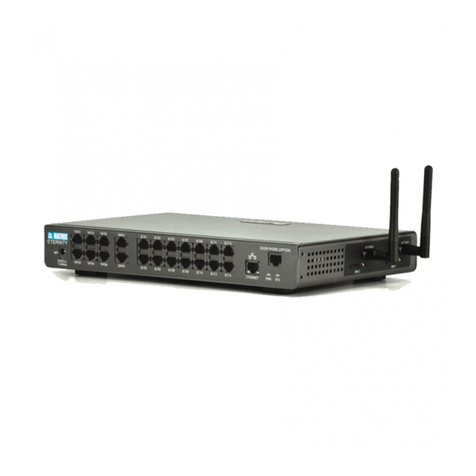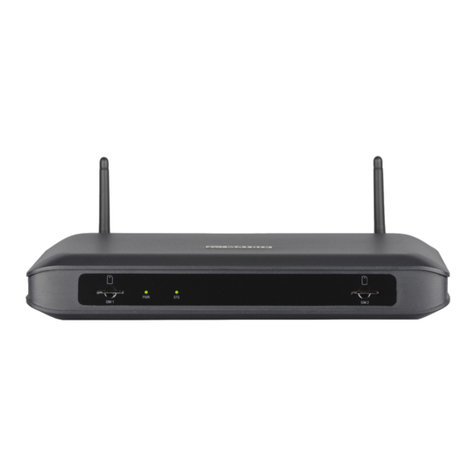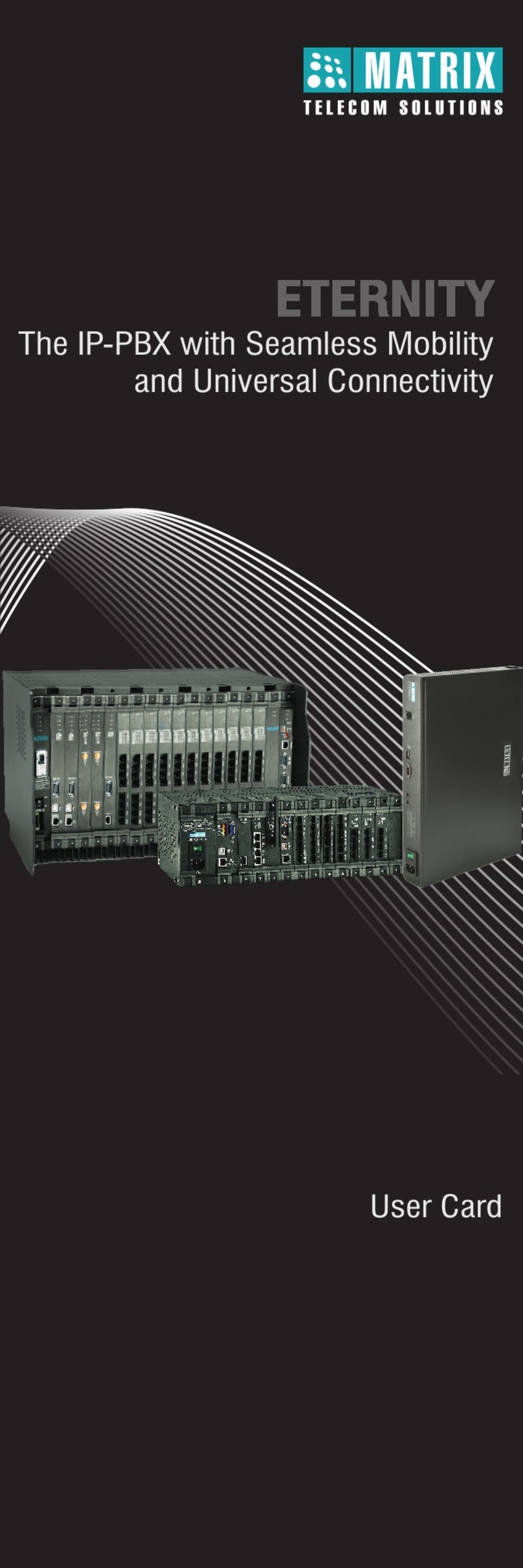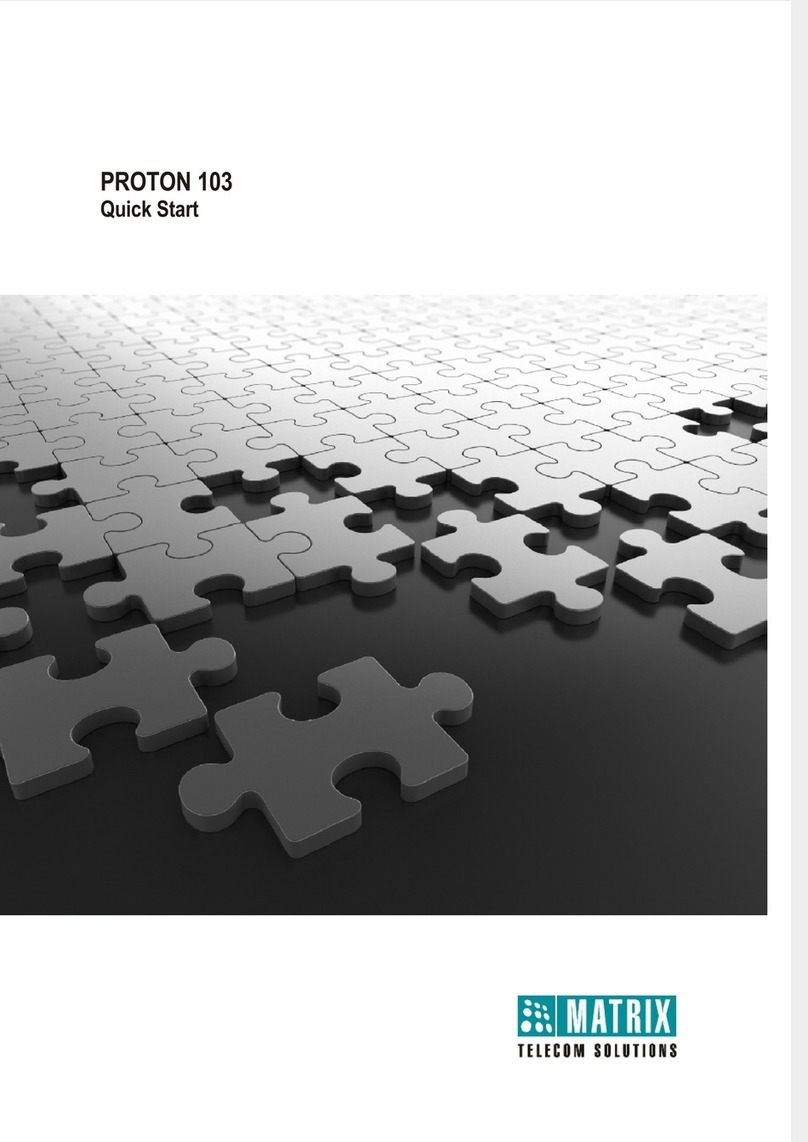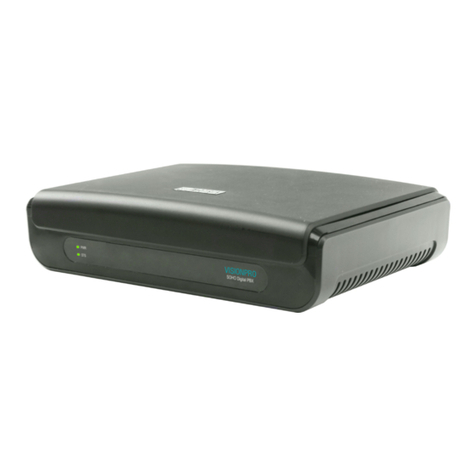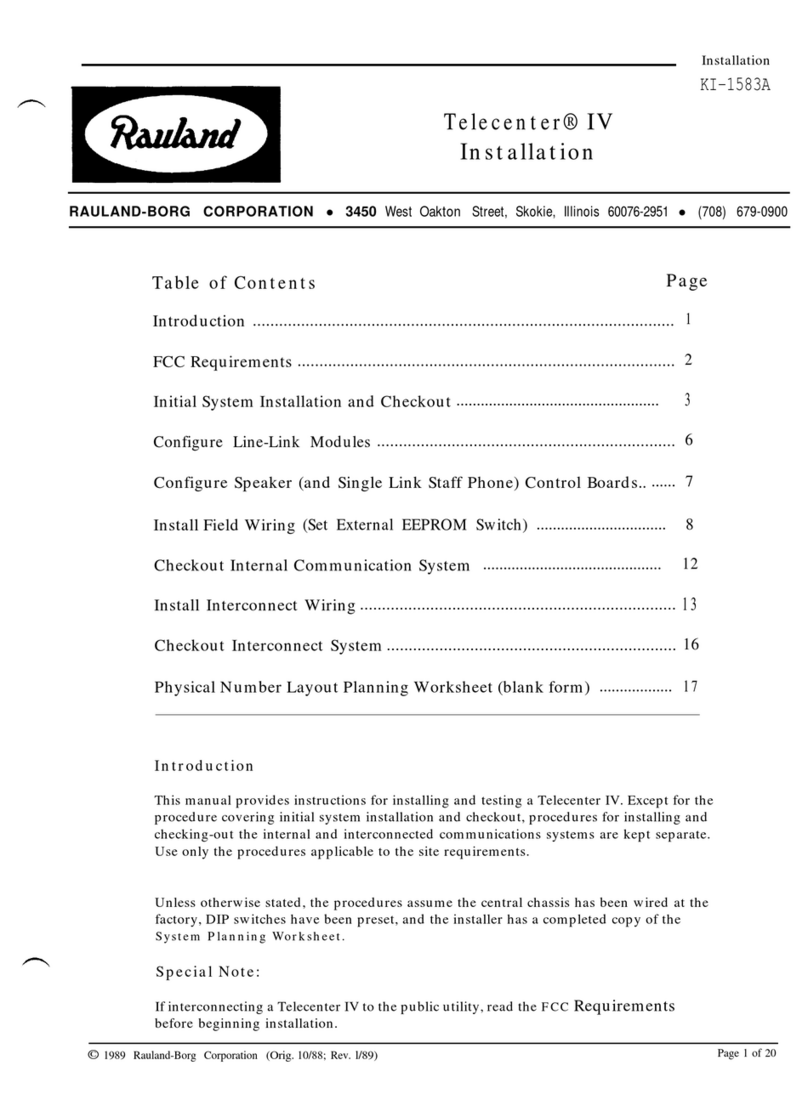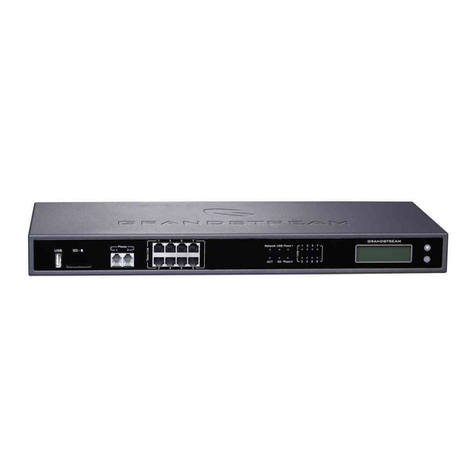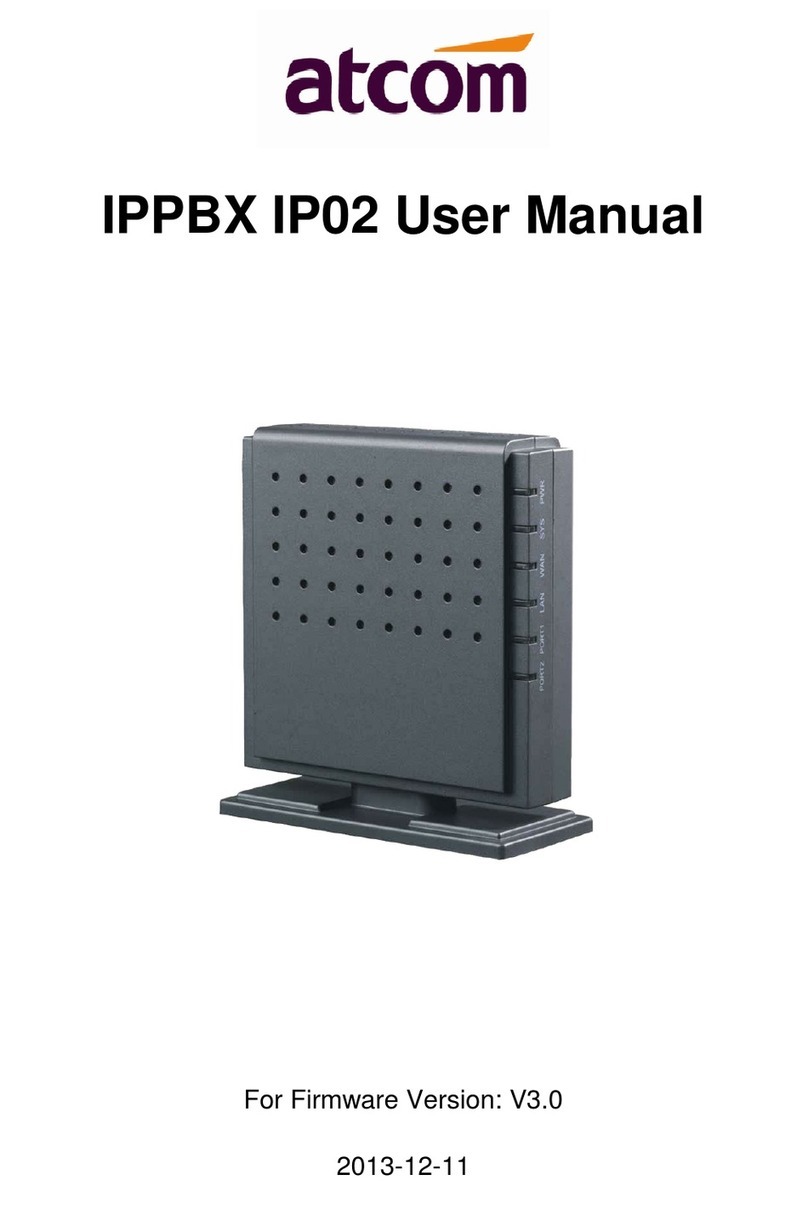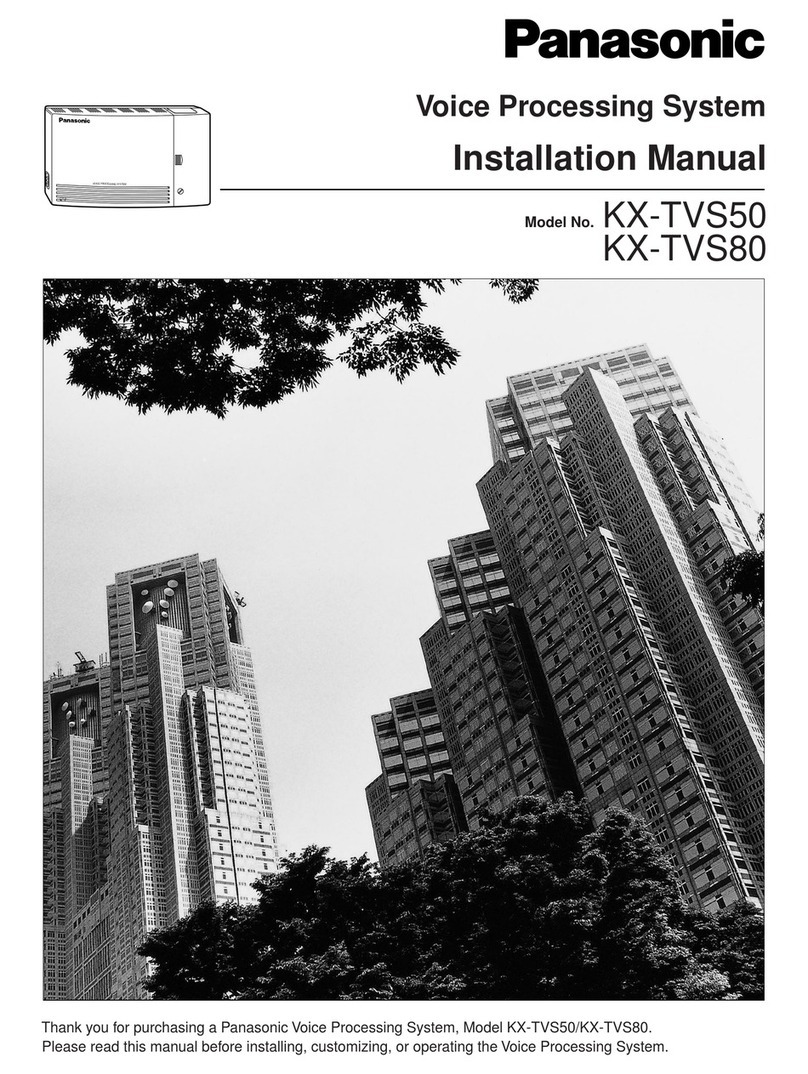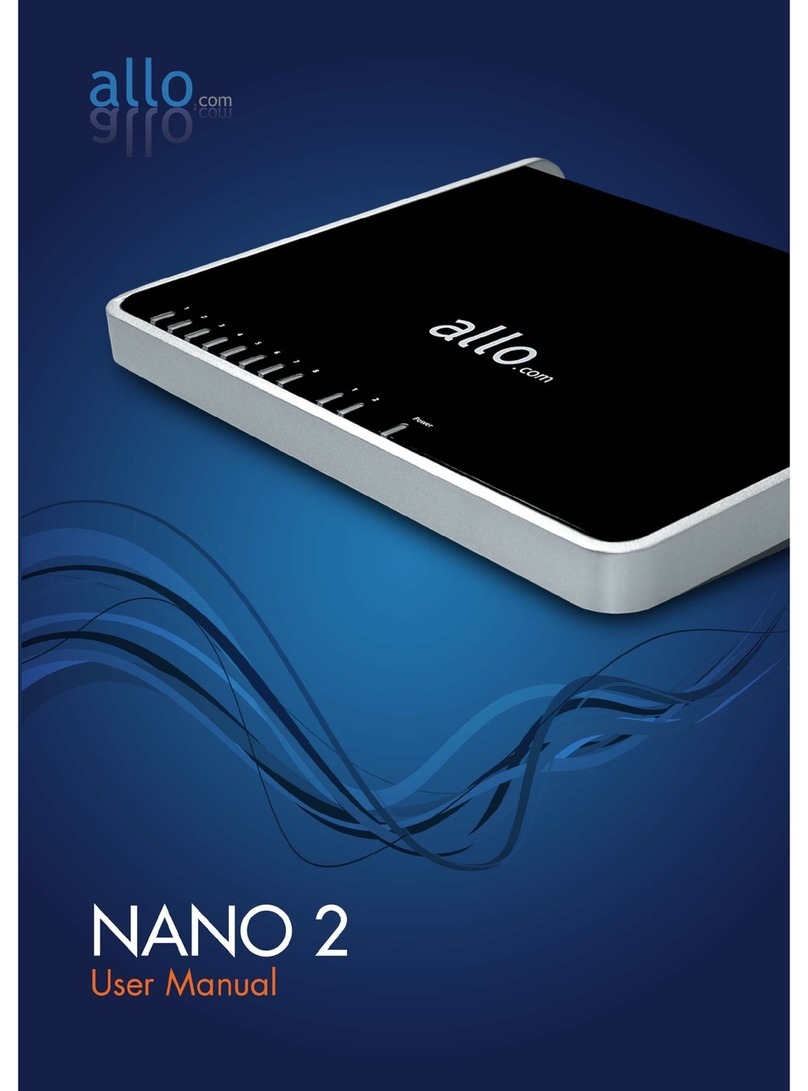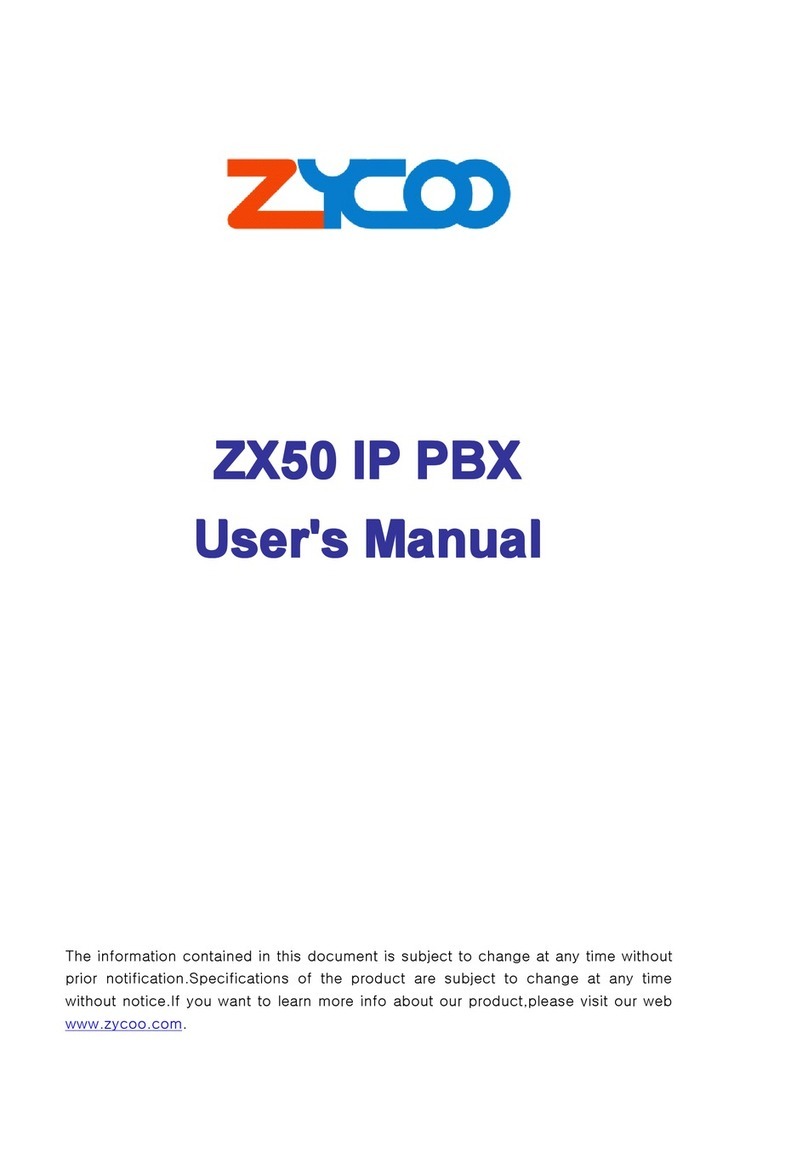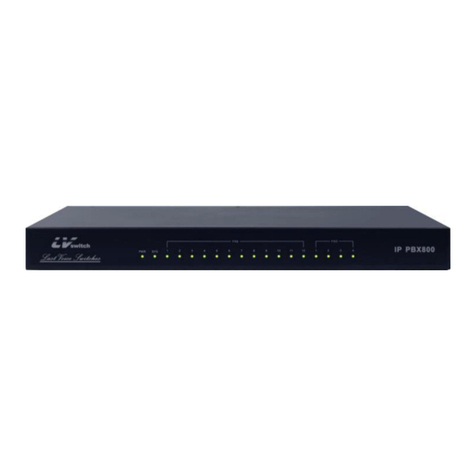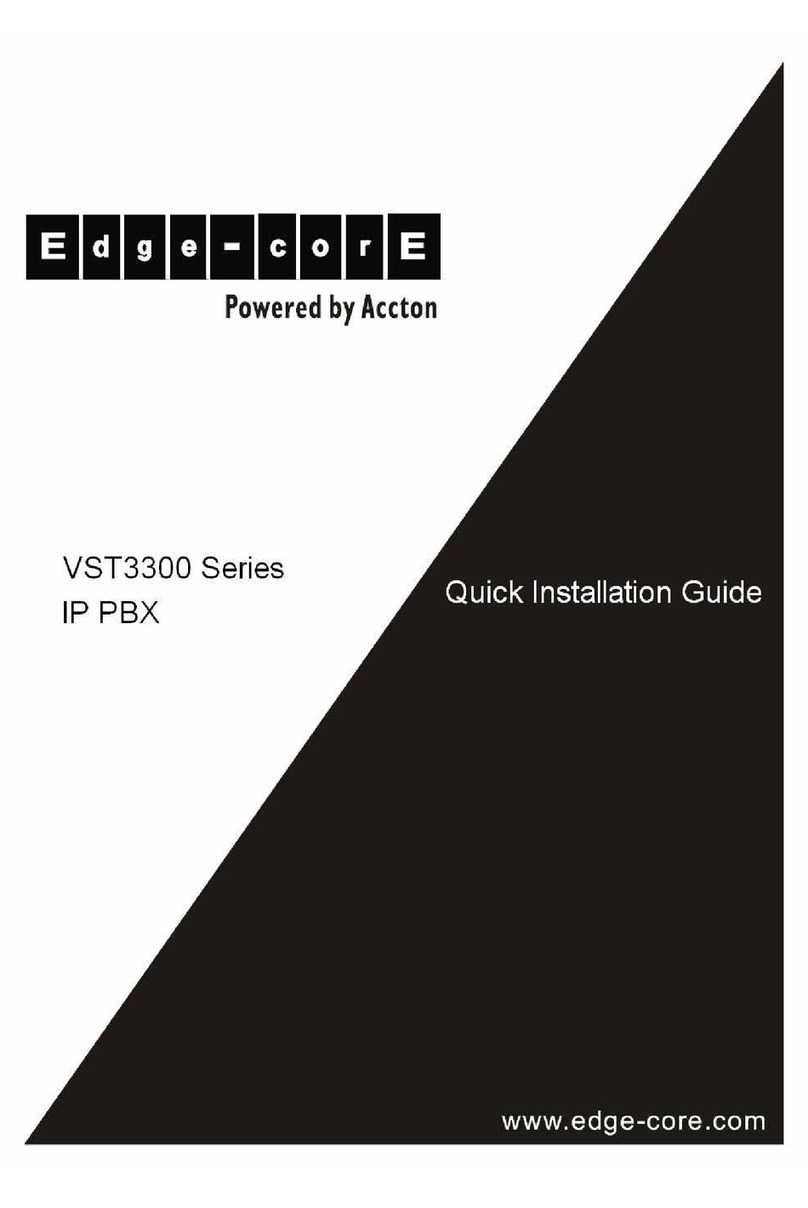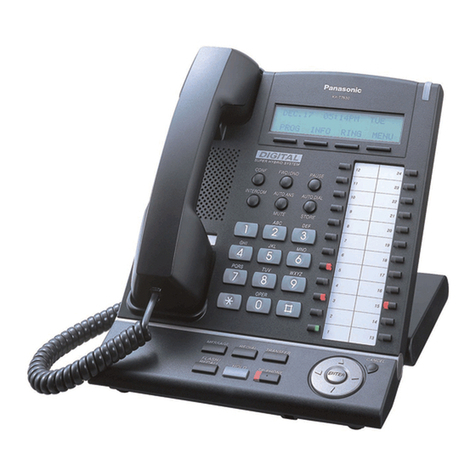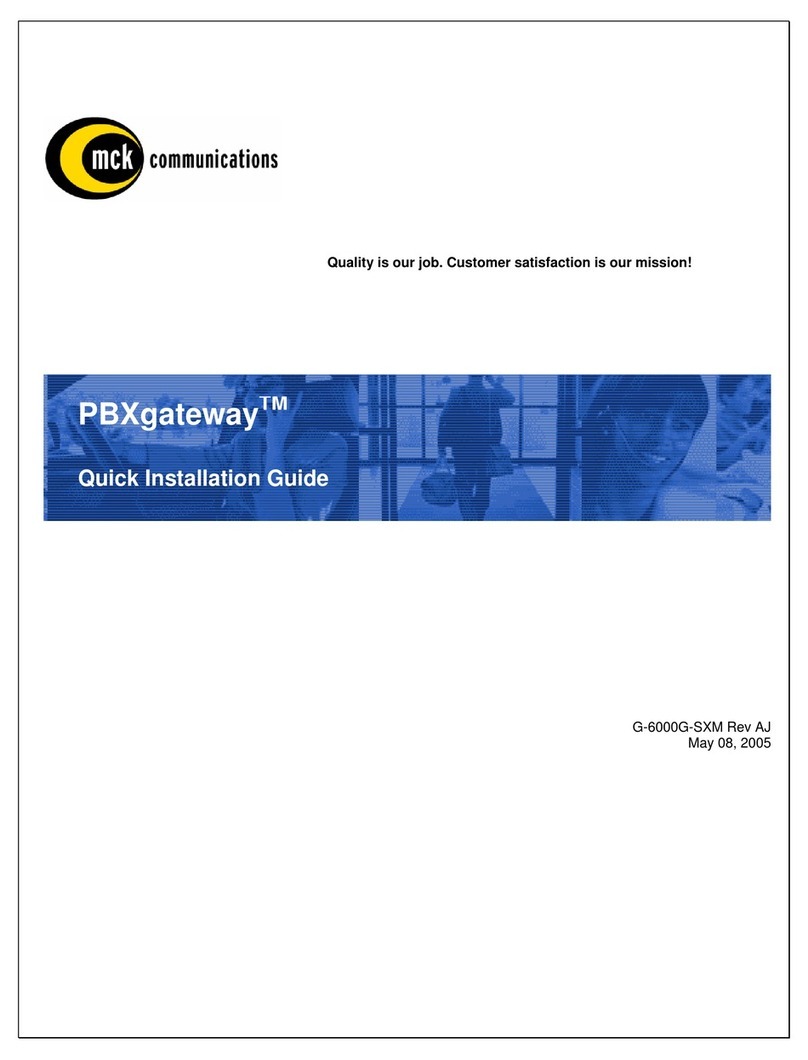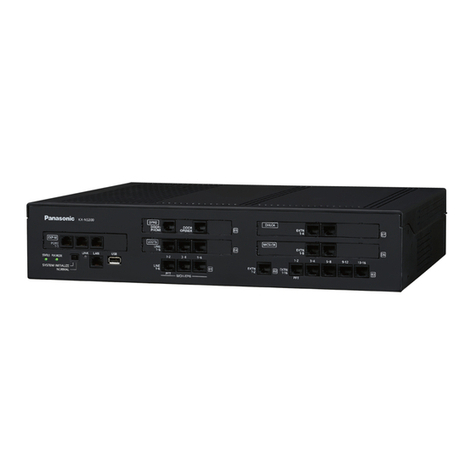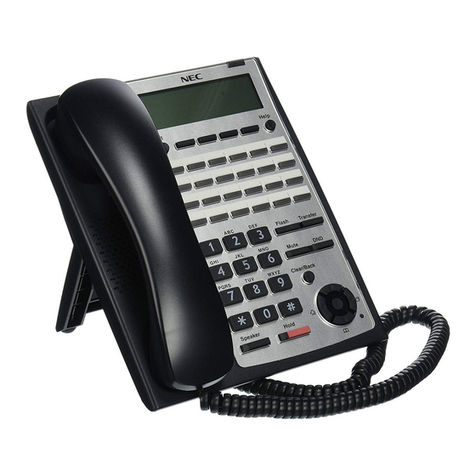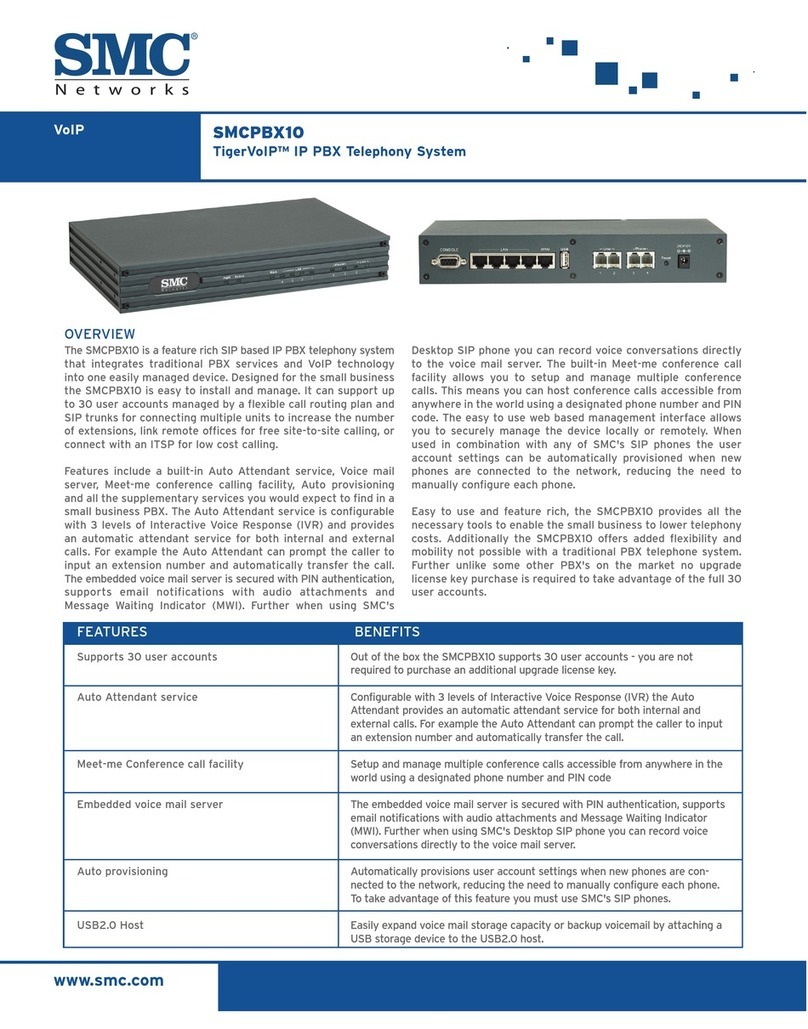
Contents
Section 1: Introduction................................................................................................................................. 5
Welcome............................................................................................................................................................ 7
Packing List ....................................................................................................................................................... 8
Warranty Statement .......................................................................................................................................... 9
Introducing the System ................................................................................................................................... 11
Protecting the System ..................................................................................................................................... 15
Installing the System ....................................................................................................................................... 17
Getting Started ................................................................................................................................................ 20
Section 2: Features and Facilities............................................................................................................. 23
Abbreviated Dialing ......................................................................................................................................... 25
Alarms.............................................................................................................................................................. 28
Allowed and Denied Lists ................................................................................................................................ 31
Alternate Number Dialing ................................................................................................................................ 35
Auto Call Back (ACB) ...................................................................................................................................... 38
Auto Redial ...................................................................................................................................................... 40
Barge-In........................................................................................................................................................... 44
Behind the PBX Applications........................................................................................................................... 45
Boss Ring ........................................................................................................................................................ 47
Call Duration Control (CDC) ........................................................................................................................... 48
Call Forward .................................................................................................................................................... 53
Call Park .......................................................................................................................................................... 56
Call Pick Up ..................................................................................................................................................... 57
Call Progress Tones........................................................................................................................................ 58
Call Splitting..................................................................................................................................................... 61
Call Transfer .................................................................................................................................................... 63
Calling Line Identification and Presentation (CLIP) ....................................................................................... 65
Cancel Station Features ................................................................................................................................. 69
Class of Service (COS) ................................................................................................................................... 70
Communication Port ........................................................................................................................................ 75
Conference...................................................................................................................................................... 77
Configuration Reports ..................................................................................................................................... 80
Continued Dialing ............................................................................................................................................ 88
Department Call............................................................................................................................................... 89
Dial by Name ................................................................................................................................................... 91
Direct Inward Dialing (DID) ............................................................................................................................. 94
Direct Outward System Access (DOSA)........................................................................................................ 100
Distinctive Rings ............................................................................................................................................ 104
Door Phone ................................................................................................................................................... 105
Dynamic Lock ................................................................................................................................................ 107
External Call................................................................................................................................................... 109
External Call Forward (ECF) ......................................................................................................................... 110
External Music ............................................................................................................................................... 112
Flash Timer.................................................................................................................................................... 113
Flexible Numbers........................................................................................................................................... 114
Hold ............................................................................................................................................................... 116
Hotline............................................................................................................................................................ 117
Internal Call ................................................................................................................................................... 119
Internet Ready Port....................................................................................................................................... 120
Interrupt Request .......................................................................................................................................... 122
